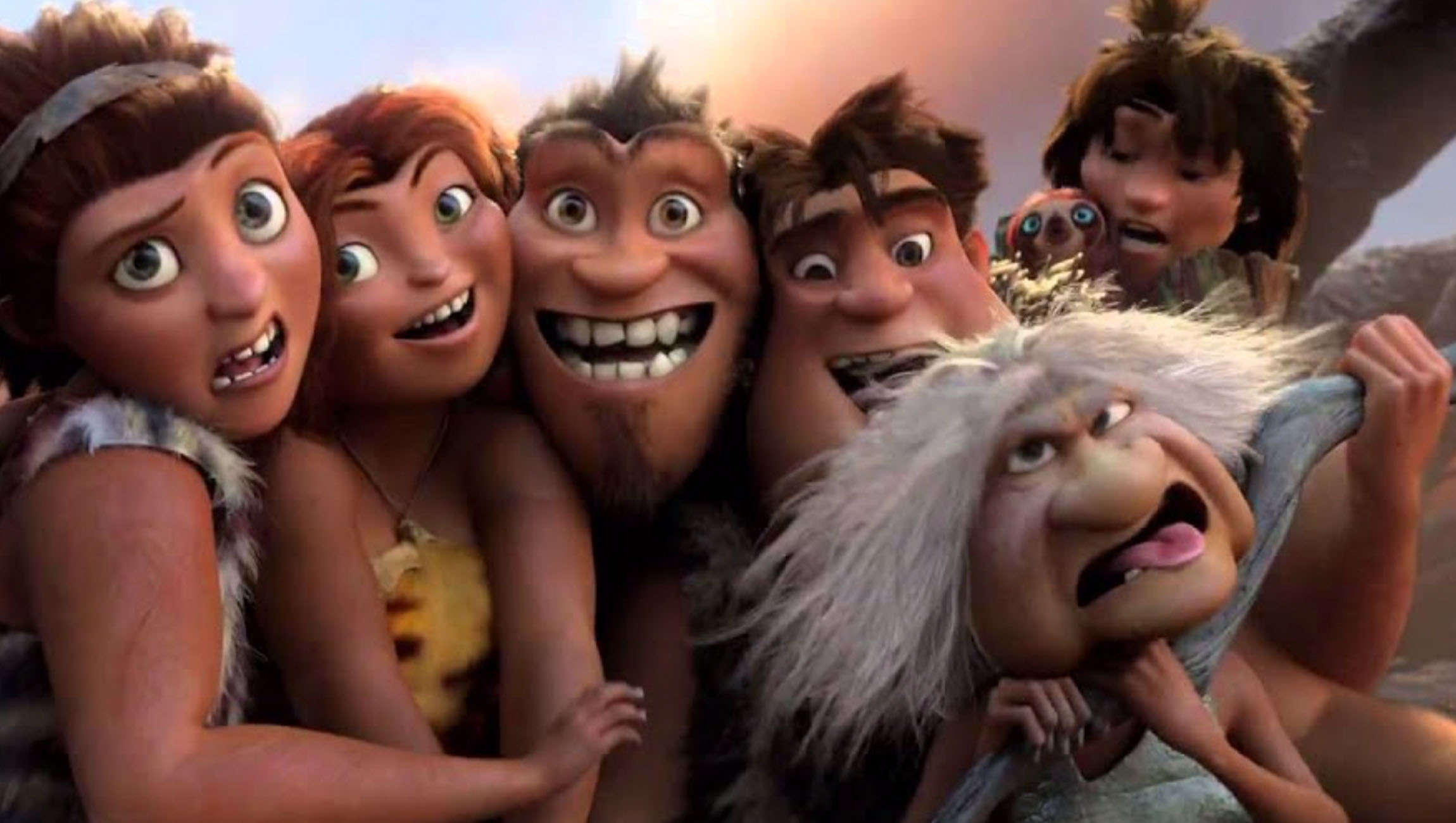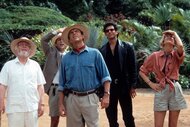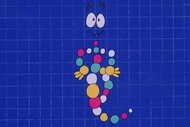Create a free profile to get unlimited access to exclusive videos, sweepstakes, and more!
Humans have had mystery DNA for 300,000 years—and now we might finally know what it is

Humans getting into interspecies dating? Not on this planet — oh wait, that already happened. While there was really no such thing as dating hundreds of thousands of years ago, when it was more of a “find your mate and don’t get eaten” sort of thing, there is evidence that Homo sapiens interbred with other proto-human species in the distant past.
Neanderthals were one of those species (and also the butt of endless caveman jokes). Denisovans were another. Geneticist and computer scientist Adam Siepel developed an algorithm to trace human genetics and recently published a study in PLOS Genetics. He and his research team have now found that these groups gave us more of their DNA than we thought, and that some of us have genes from a mysterious ancestral hominid, possibly Homo erectus. There was only one way for that to happen. But why did Homo sapiens end up taking over while Neanderthals and Denisovans eventually vanished?
"That is a great matter of speculation among both archaelogists and geneticists—could be disease, conquest, out-competition for scarce resources, or perhaps the modern humans simply absorbed them. There is little hard evidence," Siepel told SYFY WIRE. "But the one thing that we can see, as geneticists, is that these Neanderthal and Denisovan populations had relatively low levels of genetic diversity, suggesting they may have been prone to genetic diseases and/or particularly susceptible to infectious diseases."
Hybridization of a species results in introgression, or the genetic exchange which occurs in interbreeding species. Humans migrated out of Africa to Eurasia about 50,000 years ago and interbred with the Neanderthal population there. This is the migration and subsequent genetic merging that is the most recognized example of such a phenomenon. What Siepel found, using an updated ancestral recombination graph (ARG) algorithm called ARGweaver-D, is that they were already headed elsewhere much earlier, around 200,000-300,000 years ago. The algorithm also revealed interbreeding between mystery “super-archaic” ancestors with both Neanderthals and Denisovans before either of those species interbred with ancient Homo sapiens.
Homo erectus is the most likely ancient relative of humans to be that ancestor. Now extinct except for fragments of DNA that show up in some modern human samples, these proto-humans were the first Homo sapiens relatives that showed body proportions similar to what you see when you look in the mirror. Unlike earlier hominids, the arms and legs of Homo erectus had evolved to be shorter than its torso. They were also the first hominids believed to have migrated out of Africa. This strengthens the case for interbreeding with Denisovans and Neanderthals, especially Denisovans.
That has to make you wonder. If you've ever taken a commercial DNA test and your results came back with a small percentage labeled "unknown", could that be a connection to the mystery ancestor?
"Some of the commercial tests specifically look for Neanderthal ancestry, but yes, it is possible that superarchaic ancestry, or ancestry from a highly divergent branch of Neanderthals or Denisovans, would be labeled 'unknown' by a commercial test," Siepel said.
The most common genetic transfers happened between Neanderthals and Denisovans, Neanderthals and ancient Homo sapiens, super-archaic ancestors and ancient Homo sapiens who stayed in Africa, and super-archaic ancestors and Denisovans. Alleles, or alternate versions of genes, shared by Denisovans and the mystery ancestor support super-archaic DNA making its way into the modern gene pool when that species interbred with Denisovans. Unfortunately, so did mutations.
"It appears that Neanderthals and Denisovans introduced deleterious mutations into modern human populations when they interbred with them," Siepel explained. "Many of these mutations gradually faded over time, but some undoubtedly persist. Interestingly, however, we could not find clear evidence of the reverse effect—of modern humans introducing deleterious mutations into Neanderthals through this interbreeding. It is possible, though, that we do not yet have enough sensitivity to detect this phenomenon."
Even with an advanced algorithm, it still proved more difficult to identify when and where super-archaic human ancestors interbred with Denisovans than it was to find the same information about Neanderthal or Denisovan interbreeding with Homo sapiens. This is probably because no sequence exists for the genes of the super-archaic ancestor yet, and also because they have been broken over and over again by recombining with the genes of ancient humans and the other two hominid groups so many times. Will we ever really know who the super-archaic ghosts of our ancestors were?
"That is the big question we are all wondering about," said Siepel. "It is conceivable that it could be done, at least in principle, if very well-preserved remains were recovered from permafrost or from a cave that is well protected from the environment. But I do not know of any promising leads at present."
So don’t be offended if someone calls you a Neanderthal. Just tell them science says you probably are to some extent, and so are they.














